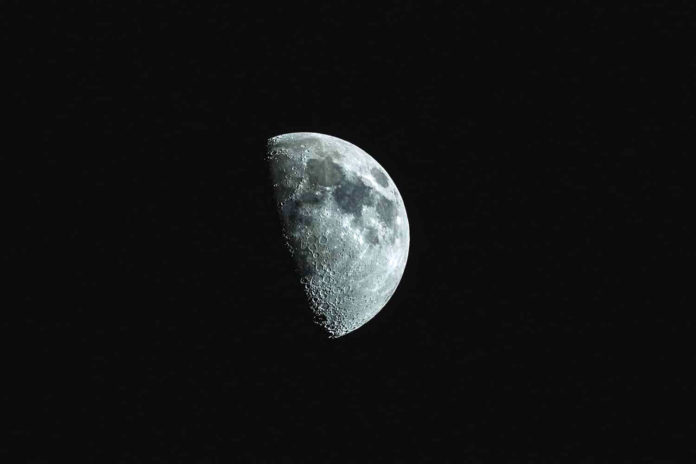Establishing a permanent human presence on the Moon or Mars requires a secure oxygen supply for life support and refueling. Electrolysis is a popular potential method for sustainable habitation of the Moon and Mars.
The electrolysis method involves passing electricity through a chemical system to drive a reaction. It can extract oxygen out of lunar rocks or split water into hydrogen and oxygen.
This topic gained scientists’ interest a few years ago as water-ice may exist on both the Moon and Mars. However, there has been no study examining how the lower gravitational fields on the Moon and Mars might affect gas-evolving electrolysis compared to terrestrial conditions.
A new study by the scientists at The University of Manchester and The University of Glasgow offered detailed insights into the possibility of establishing a pathway to generate oxygen for humans to potentially call the moon or Mars ‘home’ for extended periods. They performed some experiments to identify how electrolysis acted in reduced gravity conditions.
Lead engineer of the project, Gunter Just, said that they “designed and built a small centrifuge that could generate a range of gravity levels relevant to the moon and Mars, and operated it during microgravity on a parabolic flight, to remove the influence of Earth’s gravity.”
“When experimenting in the lab, you cannot escape the gravity of Earth; in the almost zero-g background in the aircraft, however, our electrolysis cells were only influenced by the centrifugal force, and so we could tune the gravity-level of each experiment by changing the rotation speed. The centrifuge had four 25 cm arms that each held an electrolysis cell equipped with a variety of sensors, so during each parabola of around 18 seconds, we did four simultaneous experiments on the spinning system.”
“We also operated the same experiments on the centrifuge between 1 and 8 g in the laboratory. In this configuration, we had the arms swinging to account for the downwards gravity. It was found that the trend observed below 1 g was consistent with the trend above 1 g, which experimentally verified that high gravity platforms could be used to predict electrolysis behavior in lunar gravity, removing the limitations of needing costly and complex microgravity conditions. In our system, we found that 11% less oxygen was produced in lunar gravity if the same operating parameters were used as on Earth.”
The additional power requirement was more modest at around 1 %. These specific values are only relevant to small test calls. It demonstrates that the reduced efficiency in low gravity environments needs to be considered while planning power budgets or product output for a system operating on the moon or Mars.
Journal Reference:
- Bethany Lomax, Predicting the efficiency of oxygen-evolving electrolysis on the Moon and Mars, Nature Communications (2022). DOI: 10.1038/s41467-022-28147-5
